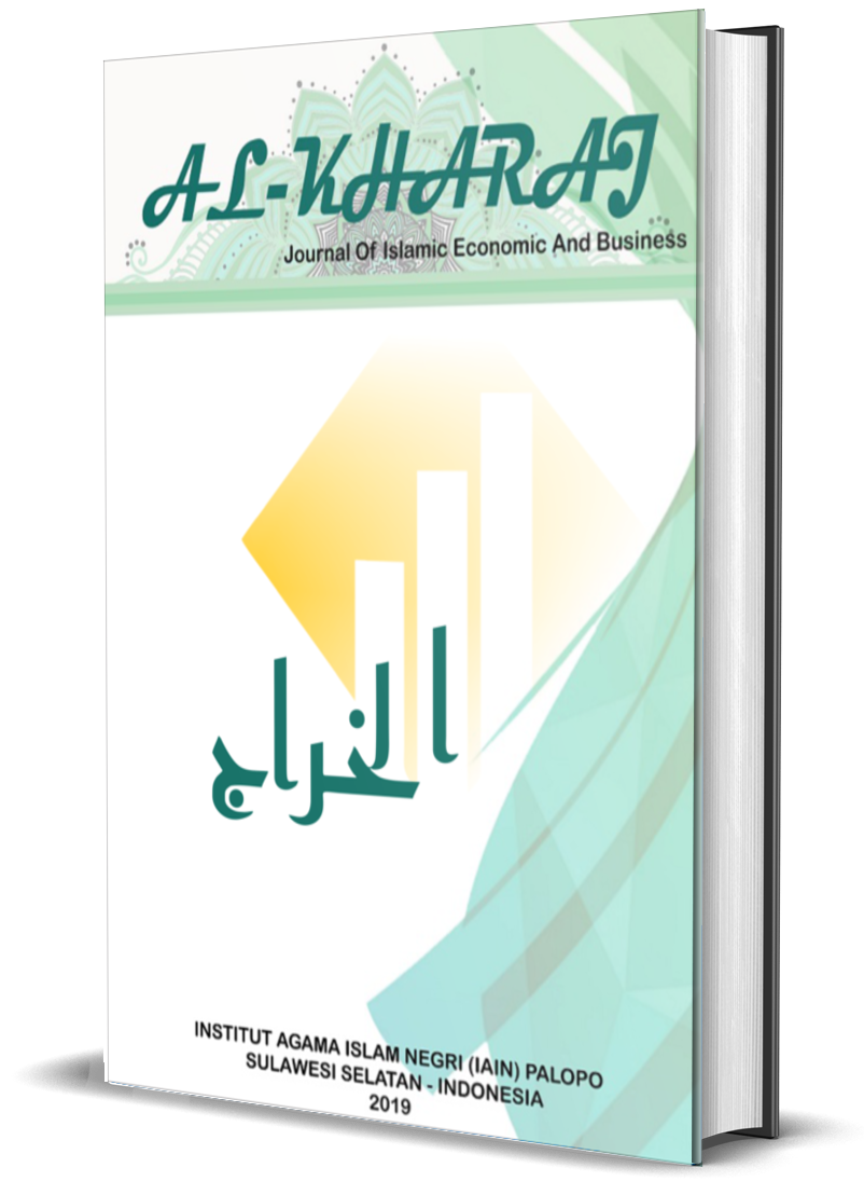Comparison Of Capital Structure, Profitability, And Third-Party Funds (DPK) Between Bank Bri And Bank Syariah Indonesia: A Comparative Analysis
DOI:
https://doi.org/10.24256/kharaj.v6i1.4934Keywords:
Capital Structure, Profitability, Third Party Funds (DPK), BRI Bank, BSI Bank, ComparisonAbstract
TRANSLATE with x EnglishArabicHebrewPolishBulgarianHindiPortugueseCatalanHmong DawRomanianChinese SimplifiedHungarianRussianChinese TraditionalIndonesianSlovakCzechItalianSlovenianDanishJapaneseSpanishDutchKlingonSwedishEnglishKoreanThaiEstonianLatvianTurkishFinnishLithuanianUkrainianFrenchMalayUrduGermanMalteseVietnameseGreekNorwegianWelshHaitian CreolePersian  TRANSLATE with COPY THE URL BELOW Back EMBED THE SNIPPET BELOW IN YOUR SITE Enable collaborative features and customize widget: Bing Webmaster PortalBack
References
Alam, A., Setyowati, E., Wiguna, A. C., & Nizam, R. S. (2022). Analysis of the Influence of BOPO, NIM and Inflation on the Profitability of Bank BRI Syariah in 2013-2020. Talaa : Journal of Islamic Finance, 2(1), 33–56. https://doi.org/10.54045/talaa.v2i1.505
Ekawati, N., Purwohedi, U., & Warokka, A. (2021). The Influence of Risk Management, Third-Party Funds and Capital Structure on Banking Sector Financial Performance in Indonesia and Thailand with Corporate Governance as Moderating Variable in 2015-2019. Oblik i Finansi, 4(4(94)), 71–80. https://doi.org/10.33146/2307-9878-2021-4(94)-71-80
Haryanto, S. (2016). Profitability Identification of National Banking Through Credit, Capital, Capital Structure, Efficiency, and Risk Level. Jurnal Dinamika Manajemen, 7(1), 11. https://doi.org/10.15294/jdm.v7i1.5749
Hasan, Z. (2023). The Value and Performance of Islamic Banking in Indonesia. Iqtishadia, 15(2), 191. https://doi.org/10.21043/iqtishadia.v15i2.16508
Hilman, I. (2018). Sharia Business Unit Spin-off: Strategic Development Model of Sharia Banking in Indonesia. International Journal of Islamic Banking and Finance Research, 2(2), 1–15. https://doi.org/10.46281/ijibfr.v2i2.43
Himmawan, M. F., & Firdausi, N. A. (2019). Projection of Indonesian Islamic commercial banks efficiency and stability in the Covid-19 period using DEA and panel ARDL. Jurnal Ekonomi & Keuangan Islam, 7(1), 92–104. https://www.academia.edu/download/59306124/11852-26893-4-PB20190518-6204-1sywosr.pdf
Indrajaya, D., Astuti, M., Maulidizen, A., & Kurniawan, N. (2022). The Effect of Third-Party Funds, Capital Adequacy Ratio, Casa Ratio, Bi Rate, And Inflation Towards The Distribution of Credit Banking in Indonesia. International Journal of Economics Development Research (IJEDR), 2(3), 171–185. https://doi.org/10.37385/ijedr.v2i3.282
Nihayah, I., & Aryani, Y. A. (2022). Implementation of Risk Management and Capital Structure on Financial Performance: A Study of Islamic Banking in Indonesia. Journal of Business and Management Studies, 4(3), 48–62. https://doi.org/10.32996/jbms.2022.4.3.5
Puteh, A., Rasyidin, M., & Mawaddah, N. (2018). Islamic banks in indonesia: Analysis of efficiency. Emerald Reach Proceedings Series, 1, 331–336. https://doi.org/10.1108/978-1-78756-793-1-00062
Putra, S. F., & Oktaviana, U. K. (2022). Financial Risk and Capital Structure: Does it Contribute to Increasing the Company Value of Islamic Banking? Maliki Islamic Economics Journal, 2(1), 12–20. https://doi.org/10.18860/miec.v2i1.16586
Rusydiana, A. S., Devi, A., Hasib, F., & Rani, L. (2019). Spin Off Policy of Sharia Bank: Is It Profitable? Al-Iqtishad: Jurnal Ilmu Ekonomi Syariah, 11(2), 265–288. https://doi.org/10.15408/aiq.v11i2.9157
Said, S. (2015). Sharia Banking Performance in Makassar. Al-Ulum, 15(1), 21. https://doi.org/10.30603/au.v15i1.215
Subariyanti, H., & Yulianto, A. R. (2023). Comparative Analysis of Financial Performance of Pt. Bank Syariah Indonesia and Pt. Bank Mandiri (Persero) As the Parent and …. Dynamic …, 7(3), 406–419. https://jurnal.umt.ac.id/index.php/dmj/article/view/8919
Sugiyono. (2019). Metode Penelitian Kuantitatif, Kualitatif, dan R&D. Alphabet.
Wasiaturrahma, Sukmana, R., Ajija, S. R., Salama, S. C. U., & Hudaifah, A. (2020). Financial performance of rural banks in Indonesia: A two-stage DEA approach. Heliyon, 6(7), e04390. https://doi.org/10.1016/j.heliyon.2020.e04390
Windriya, A. (2016). The Effect OF FDR, NPF, OEOI, AND Size Toward ROA (Comparative Study on Indonesian Islamic Bank and Malaysian Islamic Bank Period 2010-2015). International Journal of Islamic Business and Economics (IJIBEC), 01, 1–23.
Wulandari, D., & Harjito, A. (2021). The effect of interest rates, exchange rates and capital structure on banking profitability of BUMN and Private Go Public in Indonesia. International Journal of Research in Business and Social Science (2147- 4478), 10(3), 338–351. https://doi.org/10.20525/ijrbs.v10i3.1086
Downloads
Published
How to Cite
Issue
Section
Citation Check
License
Copyright (c) 2024 Mahesa Dayanti

This work is licensed under a Creative Commons Attribution-ShareAlike 4.0 International License.
Authors retain copyright and grant the journal right of first publication with the work simultaneously licensed under a Creative Commons Attribution-ShareAlike 4.0 International License. In line with the license, authors are allowed to share and adapt the material. In addition, the material must be given appropriate credit, provided with a link to the license, and indicated if changes were made. If authors remix, transform or build upon the material, authors must distribute their contributions under the same license as the original.









